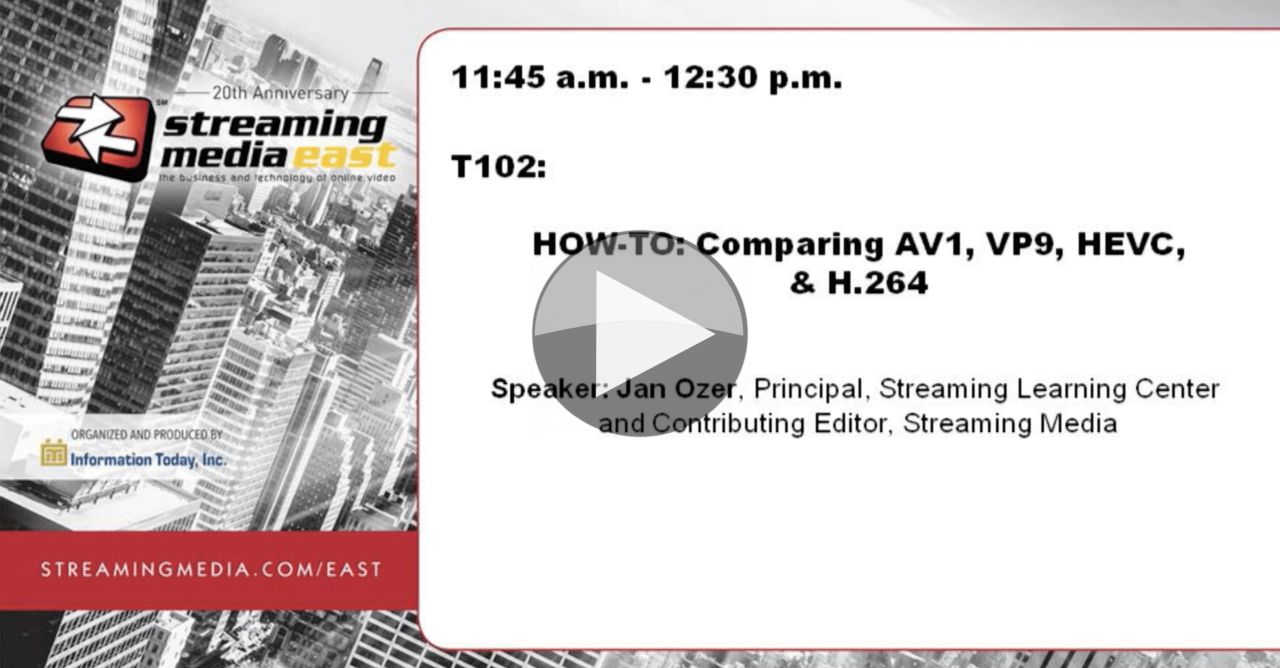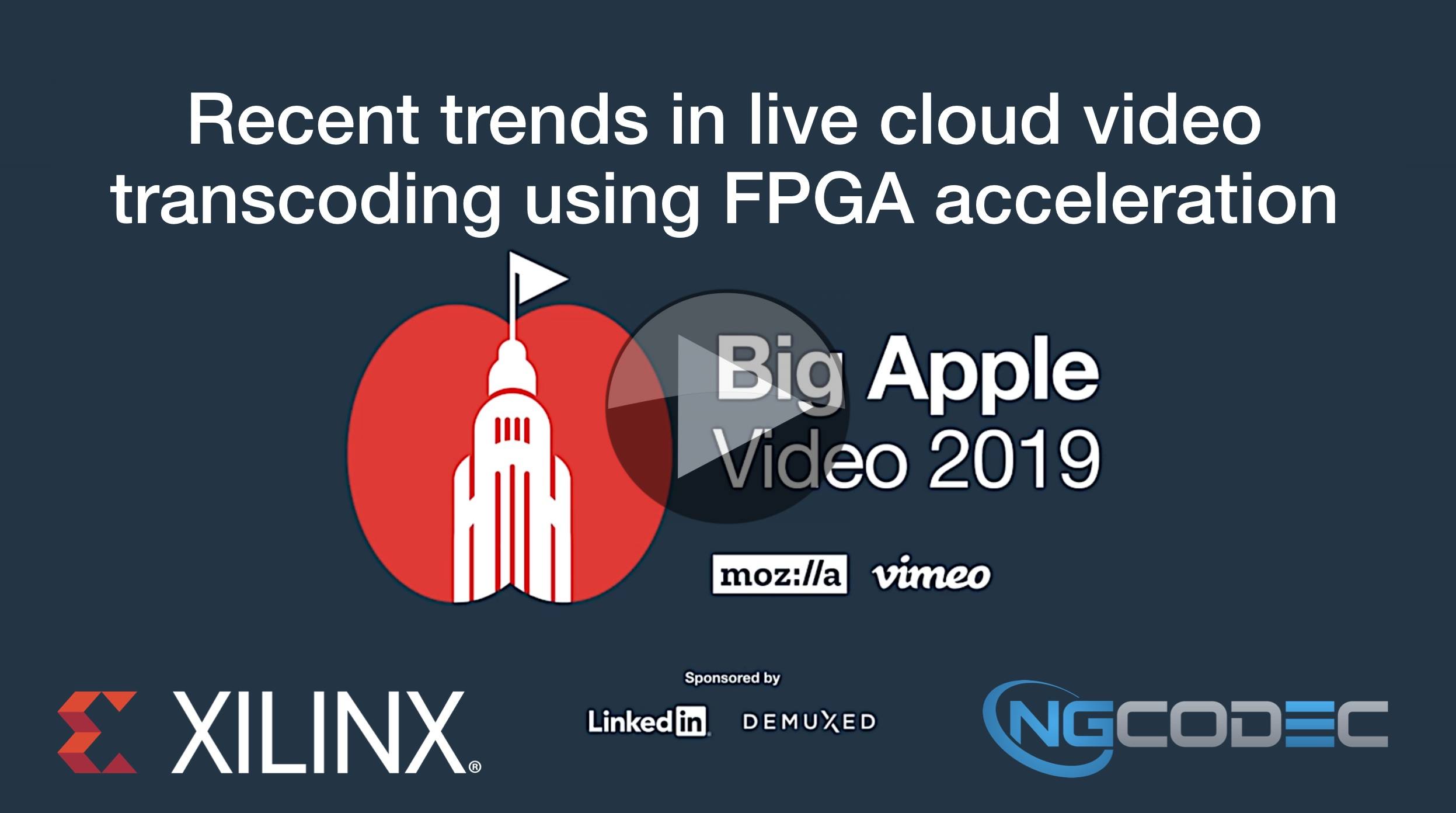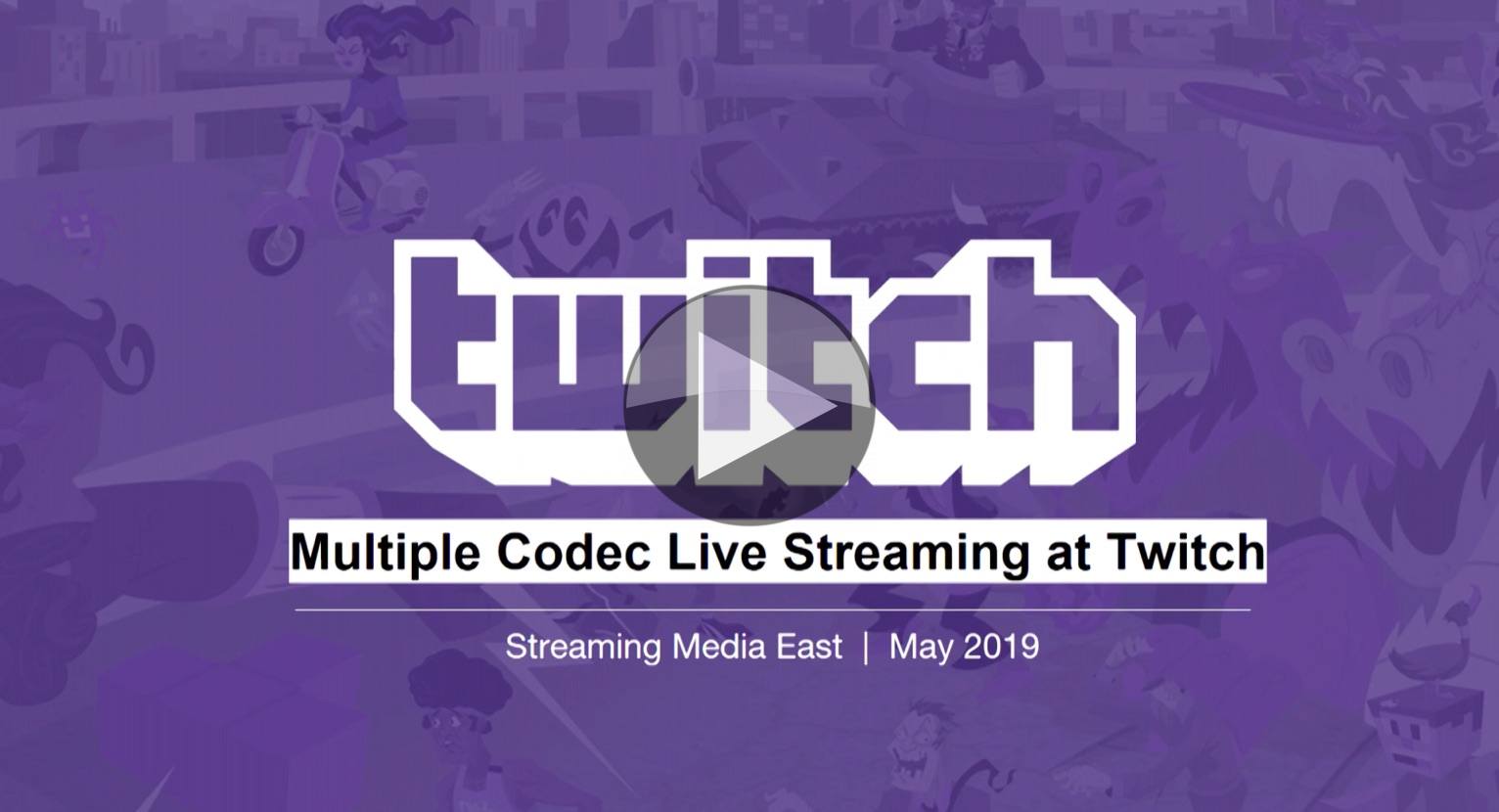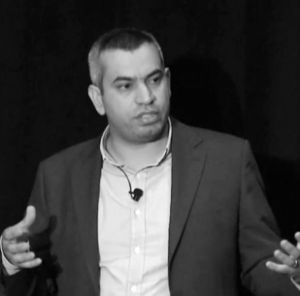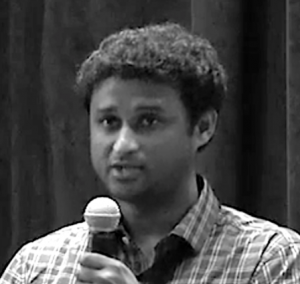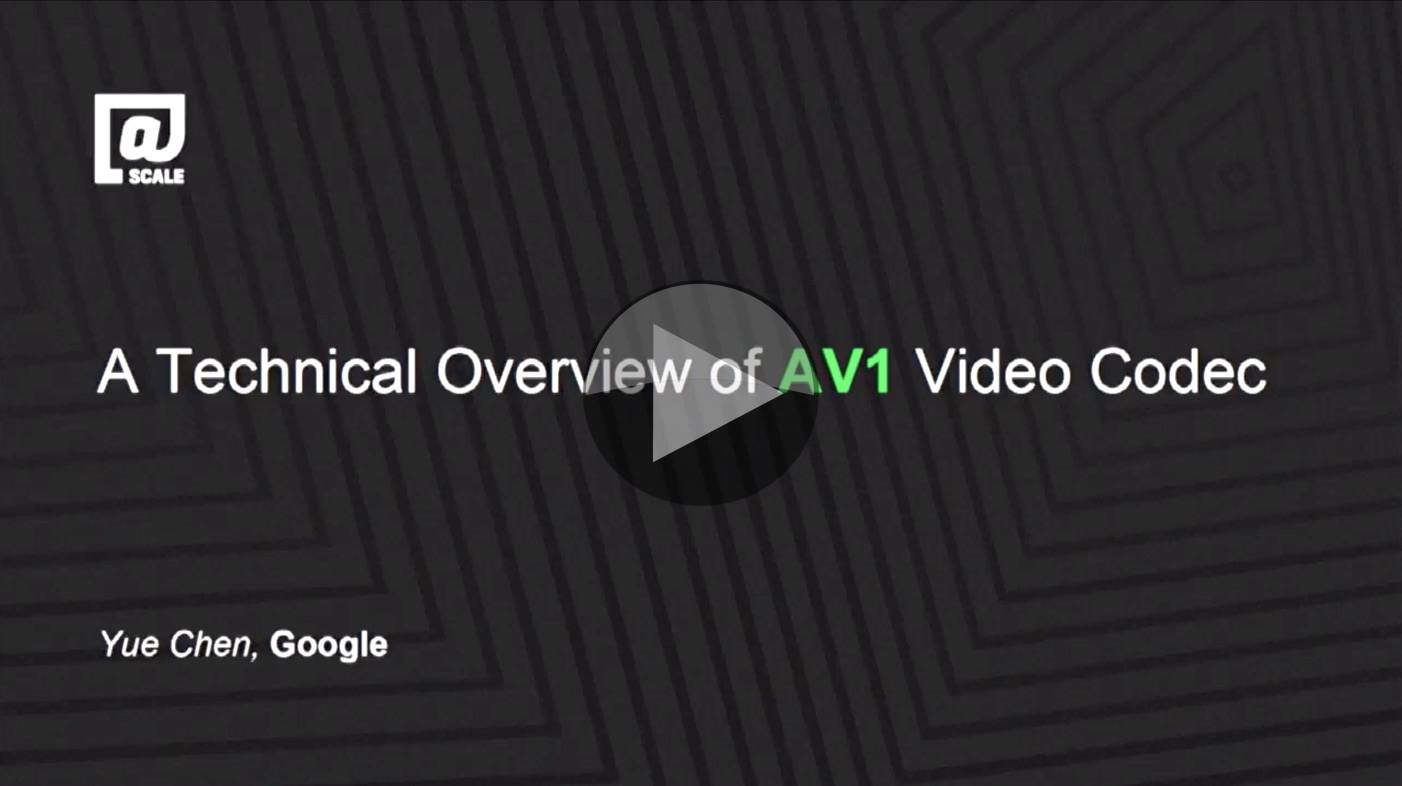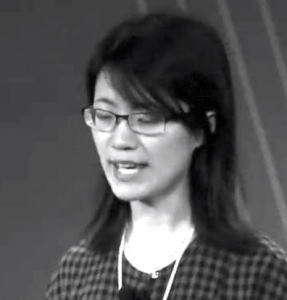The ever popular, always analytical Jan Ozers spends time here evaluating the quality of these codecs against the ever-present h.264. As the team here at The Broadcast Knowledge takes a short break, we’re recapping the most popular posts of the year. Interestingly, this post is from over a year ago but is still seeing top-10 traffic. This is no surprise since, as I said in my interview with SMPTE on the subject of codecs, everyone touches codecs in some way even if only at home. So it’s no surprise there is such an interest.
Jan takes a careful approach to explaining the penetration adn abilities of h.264 in order to see at what point we can break even and start to ebenefit from using alternative codecs. He then takes each codec in turn looking at it its pros and cons to paint a picture of the options available for those willing and able to go beyond h.264.
Read the original article or Watch now!
Speakers
 |
Jan Ozer Industry Analyst Streaming Learning Center |

